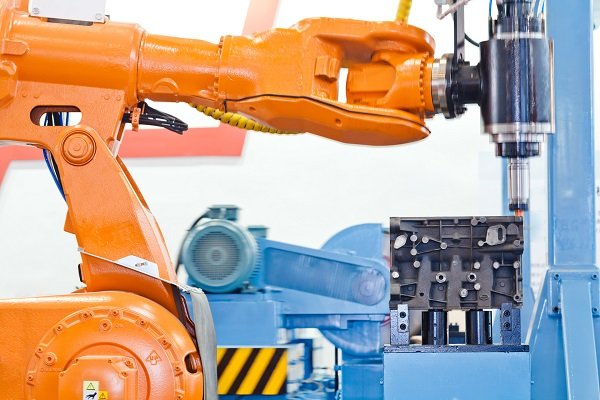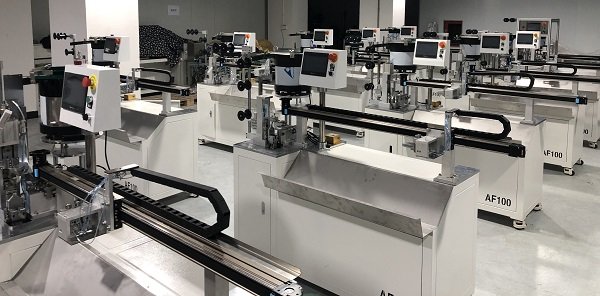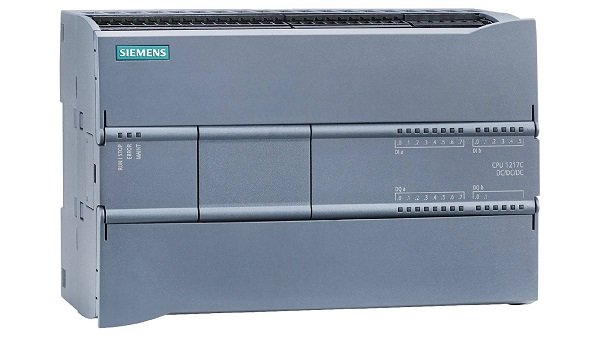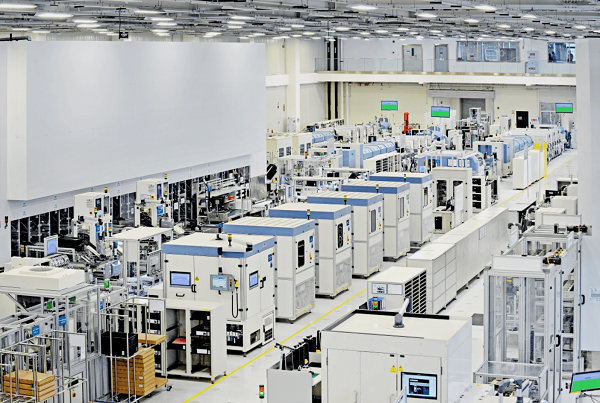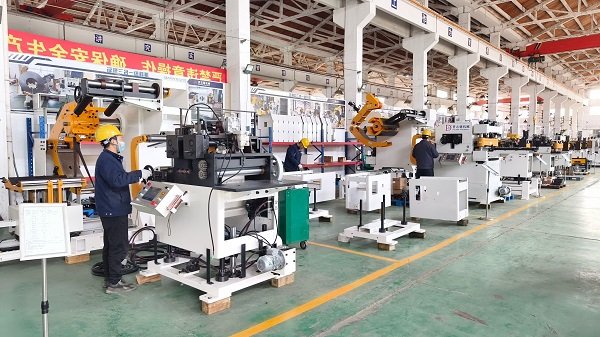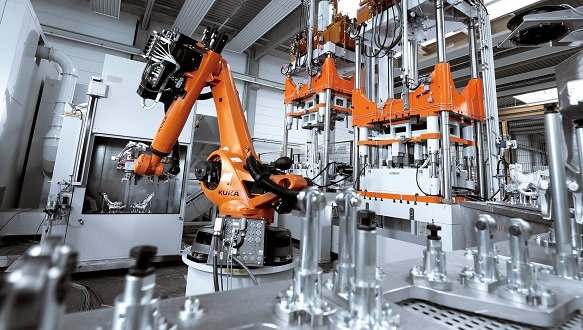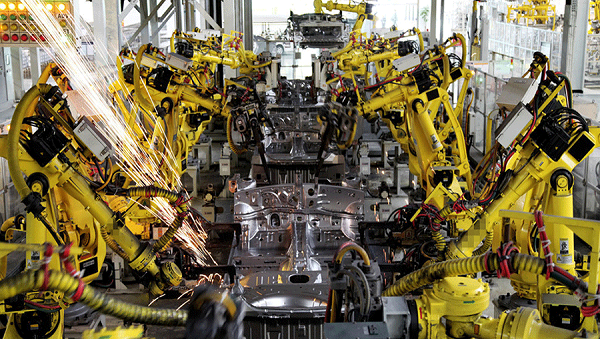- Allen-Bradley
- BANNER
- Baumer
- Bosch Rexroth
- Danfoss
- Eaton
- Festo
- Honeywell
- IFM
- Leuze
- Logitech
- Mitsubishi
- MTL
- Nidec
- Omron
- FUCHAS DE PIMENTA
- Módulo de diagnóstico avançado
- Cabo de ligação
- Codificador
- Barreira de bus de campo
- Multiplexador HART
- Sensor de inclinação
- Sensor indutivo
- Unidade de avaliação RFID
- Quadro de rescisão
- Sensor ultrassónico
- Actuadores de válvulas
- Barreira de segurança e isolador
- Barreira de proteção contra sobretensões
- Contacto Phoenix
- PILZ
- PULS
- Rexroth
- DOENTE
- Siemens
- Schneider
- Turck
- Wago
- Yokogawa
As Vantagens Modernas do SICK LiDAR: Revolucionando as Indústrias com Precisão e Inovação
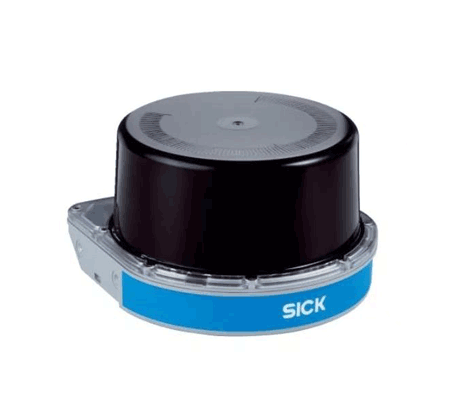
In today’s rapidly advancing technological world, industries across various sectors are consistently seeking ways to enhance their operations, improve safety, and streamline processes. One key technology that has risen to prominence in recent years is SICK LiDAR (Light Detection and Ranging). Known for its high precision, versatility, and reliability, SICK LiDAR is transforming the way industries approach tasks such as autonomous driving, automation, robotics, and many others. This article will dive deep into the modern advantages of SICK LiDAR, highlighting its cutting-edge features, key benefits, and why it stands out as a leader in the LiDAR field.
Understanding the Power of LiDAR Technology
LiDAR, or Light Detection and Ranging, is a remote sensing technology that uses laser light to measure distances and create detailed 3D representations of the environment. It works by emitting laser beams and measuring the time it takes for the beams to bounce back after hitting an object. This data is then used to map out the surroundings with high accuracy.
SICK LiDAR, produced by SICK AG, a global leader in sensor solutions, takes LiDAR technology to the next level. It combines state-of-the-art hardware with sophisticated software to offer industry-leading solutions for a wide array of applications.
Unmatched Precision and Accuracy
One of the primary advantages of SICK LiDAR is its exceptional precision. Whether it is used in automated vehicles, robotics, or industrial applications, SICK LiDAR provides incredibly accurate distance measurements and real-time mapping capabilities. This high level of precision is crucial in industries like autonomous driving, where accurate object detection and collision avoidance are paramount. With SICK LiDAR, the smallest obstacles and changes in the environment are detected, ensuring the highest levels of safety and efficiency.
Versatilidade em todos os sectores
SICK LiDAR has a broad range of applications that span various industries, from logistics and manufacturing to automotive and agriculture. Its adaptability allows it to be used in diverse environments, making it a key player in the digital transformation of industries worldwide. In the automotive sector, for example, SICK LiDAR systems are integral in enabling autonomous vehicles to navigate complex environments with precision. In logistics, SICK LiDAR enhances automation by enabling robots and automated guided vehicles (AGVs) to navigate warehouses efficiently.
The versatility of SICK LiDAR is further demonstrated by its ability to operate in challenging conditions. Its robust design allows it to function in environments with dust, fog, and even extreme temperatures, ensuring continuous, reliable operation in a variety of settings.

Enhanced Safety and Efficiency
Safety and efficiency are two critical pillars in modern industrial operations. With SICK LiDAR, both of these aspects are significantly improved. In industrial automation, the ability of SICK LiDAR to detect obstacles and map surroundings in real time allows machines to operate safely without human intervention. This reduces the risk of accidents and downtime, ultimately improving the overall efficiency of the operation.
In autonomous vehicles, SICK LiDAR provides the necessary data to ensure that vehicles can safely navigate through urban environments, highway traffic, and complex intersections. By offering 360-degree scanning and high-resolution imaging, SICK LiDAR ensures that vehicles can detect pedestrians, cyclists, and other vehicles with remarkable accuracy. This contributes to safer roads and better traffic flow.
Future-Ready Technology
The world is heading toward increasingly automated and connected systems, and SICK LiDAR is at the forefront of this revolution. Its advanced features, such as real-time 3D imaging, high scanning frequency, and the ability to integrate with other technologies like artificial intelligence (AI) and machine learning (ML), position SICK LiDAR as a future-ready solution. The rapid development of these technologies demands that the sensors and systems used today are not only capable of meeting current needs but are also adaptable to future innovations.
For example, as AI and ML algorithms become more integrated into autonomous systems, SICK LiDAR can provide the data needed to train these systems, ensuring they are continuously improving in accuracy and efficiency. As industries move towards fully connected ecosystems and smart cities, SICK LiDAR will play an essential role in providing the sensory data that powers these innovations.
Key Benefits of SICK LiDAR
The modern advantages of SICK LiDAR are not just limited to its precision and versatility. Let’s take a closer look at some additional benefits that make SICK LiDAR a standout in the field.
High Resolution for Detailed Mapping
One of the standout features of SICK LiDAR is its ability to generate high-resolution 3D maps. This makes it ideal for applications that require detailed spatial data. For example, in autonomous driving, SICK LiDAR creates an accurate model of the environment, helping the vehicle to understand its surroundings in detail and react accordingly. In logistics, high-resolution mapping aids in efficient pathfinding and obstacle detection, reducing errors and enhancing productivity.
Robust and Reliable Performance
In industrial environments, reliability is paramount. SICK LiDAR is built to withstand harsh conditions, whether it’s high temperatures, dust, or moisture. This robustness ensures that SICK LiDAR will continue to function without issue, even in the most challenging environments. This reliability also means lower maintenance costs and increased uptime, which is vital for industries that rely on automation and continuous operations.
Low Power Consumption
As industries become more focused on sustainability, energy efficiency has become a significant consideration in the selection of sensor technologies. SICK LiDAR is designed with low power consumption in mind, offering an eco-friendly solution for applications where power usage is a concern. Its energy-efficient design does not compromise performance, making it a suitable choice for a wide variety of applications.
Easy Integration with Existing Systems
Another key advantage of SICK LiDAR is its ease of integration with existing systems. Whether it’s part of an autonomous vehicle or a warehouse automation setup, SICK LiDAR can be seamlessly incorporated into a variety of systems. This flexibility ensures that businesses can upgrade their technology without needing to completely overhaul their existing infrastructure.
The Future of SICK LiDAR
As technology continues to evolve, SICK LiDAR is poised to play an even more critical role in shaping the future of industries around the globe. The ongoing development of autonomous vehicles, smart cities, and robotics relies heavily on the accuracy and reliability of sensors like SICK LiDAR. As new innovations emerge, SICK LiDAR will continue to adapt and enhance its capabilities to meet the demands of the future.
Conclusão
In conclusion, SICK LiDAR stands as a leader in the field of LiDAR technology, offering unparalleled precision, versatility, and reliability across a wide range of industries. Whether it’s ensuring safety on the roads, improving efficiency in factories, or enabling the next generation of smart technologies, SICK LiDAR is a critical enabler of progress. With its future-ready design, high-resolution capabilities, and ease of integration, SICK LiDAR is more than just a sensor—it’s a key player in shaping the future of automation and digital transformation. As industries continue to embrace automation and connectivity, SICK LiDAR will remain at the heart of these advancements, providing the reliable, high-performance data needed to drive innovation and success.
| Model:KCD2-UT2-EX1 |





